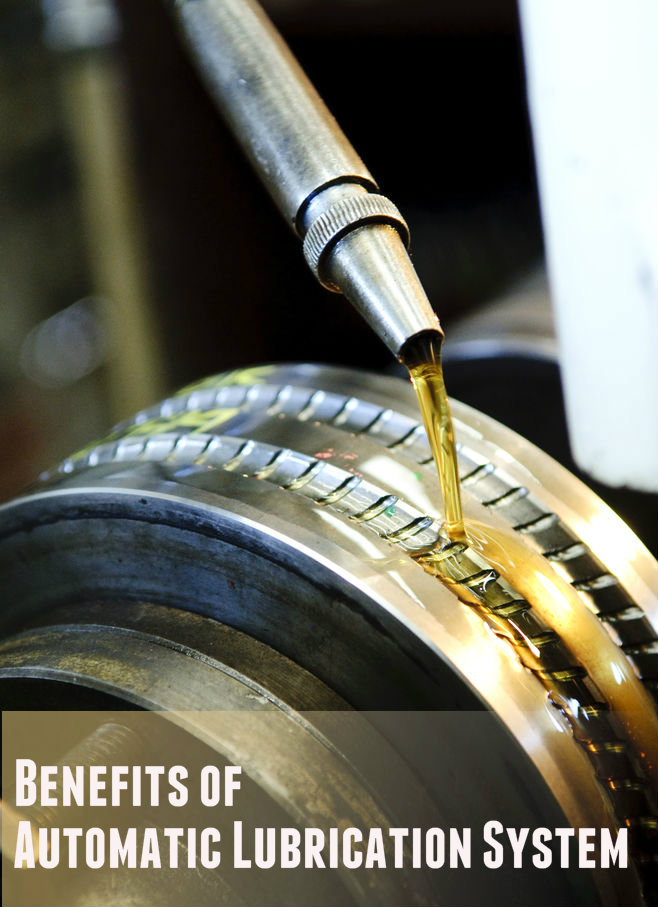Lubrication can seem tricky, as too much lubrication interferes with grip and has a tendency to get on other moving parts. Too little lubrication, and you risk scraping components. Sometimes, it may seem that you don’t really need lubrication at all, and the manufacturer’s suggestions look superfluous.
The answer is that lubrication is key to the extended use of your machinery. It prevents the normal wear and tear from taking too much of a toll on your machinery. Instead of manually applying lubrication, some have opted for an automatic lubrication system (ALS), especially since some things are difficult to reach using your arms alone, not to mention grease is difficult to remove from hands and clothes.

How ALS Works
The lubrication system can be broken down to 5 main components. There is the controller, which schedules the application or injection of lubrication. The pump and reservoir is simply the storage tank for the lubricant. The supply line connects the reservoir to the injectors, and the pump administers the correct amount to be delivered. The injector applies the lubricant at specified points, while the feed line connects the injectors to the application points.
There is in effect two stage of pump and delivery before the lubricant ends up where it needs to be.
There are various benefits to automating your lubrication schedule:
- Your ALS can reach components where you may not be able to, so critical components are always well lubricated
- Lubrication doesn’t involve downtime, and in fact can be administered while the machine is in use, resulting in less time spent on maintenance
- You take less of a risk on missing out on lubricating an important component of machinery, which means less damage to your machine
- Damage from lack of lubrication may interfere with regularly scheduled work – breakdowns are expensive and should be avoided
- Your employees are in less danger as they no longer have to reach the inner components of machinery to apply lubricant
As with any decision on purchasing machinery and capital equipment, there is a cost-benefit analysis to be made. Given how much simpler the ALS makes life, it may be a good investment to purchase one for the most important or heavily used equipment.
The Different Types of ALS
To adapt to the different types of machinery, engineers have come up with several options for pneumatic and hydraulic lubrication systems. There are the dingle and dual line parallel systems, which are simple in construction but also incredibly popular. They are one of the first ALS invented and have remained a classic choice in manufacturing today. In contrast, there is the single line progressive system which have moving dispensing pistons.
Other less popular choices include oil mist systems and chain lube systems. Different types of machinery require different types of lubrication. For more delicate machinery, oil mist ensures an even application to the surface of the component.
Author Bio
I am Eric Jones, a businessman by profession. Business and entrepreneurship are my passion and I love researching on the various aspects of those areas. I make sure that I don’t miss out any updates and for this reason I read quite a lot. Law is yet another area which I am passionate to know more about.